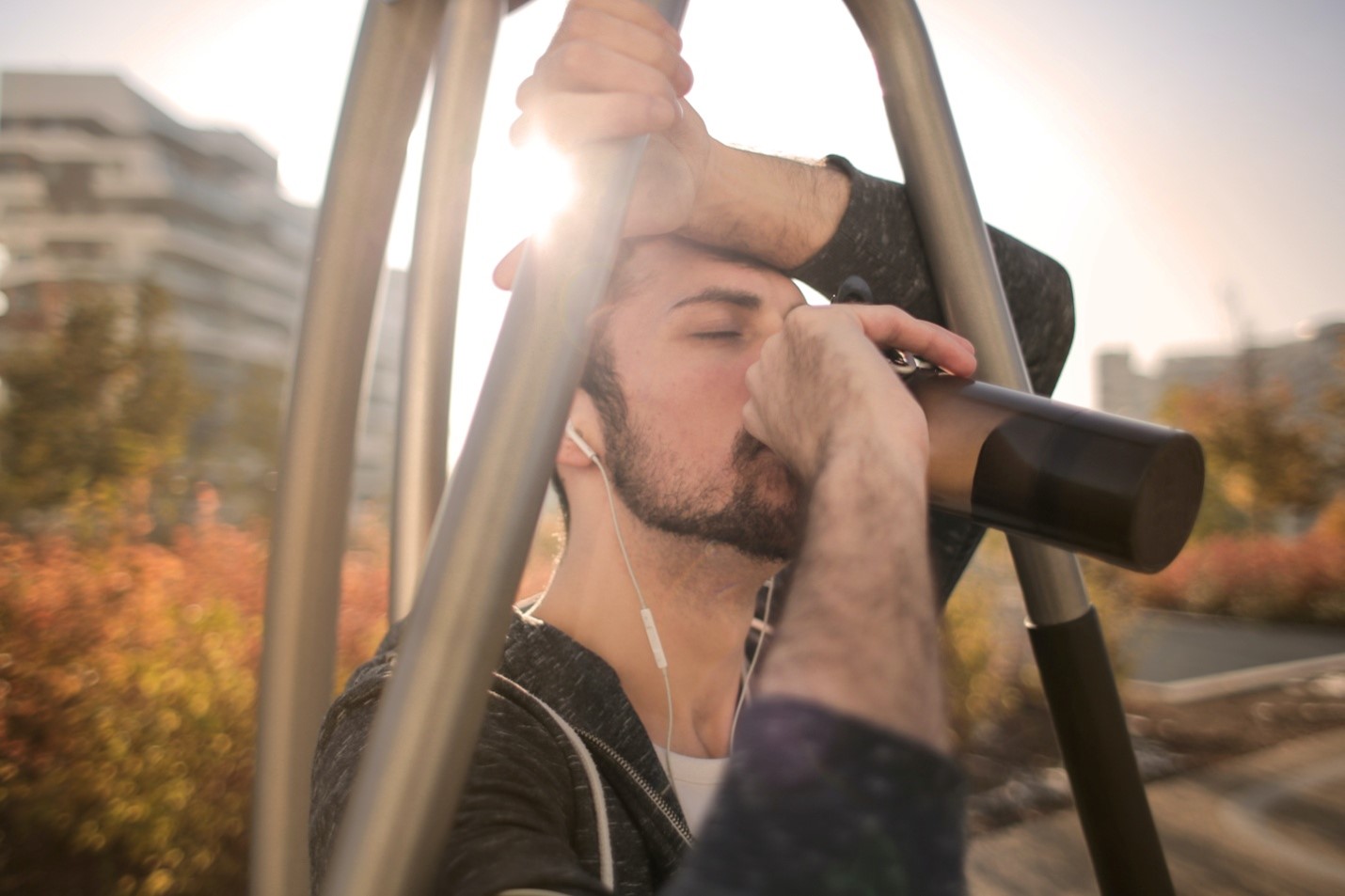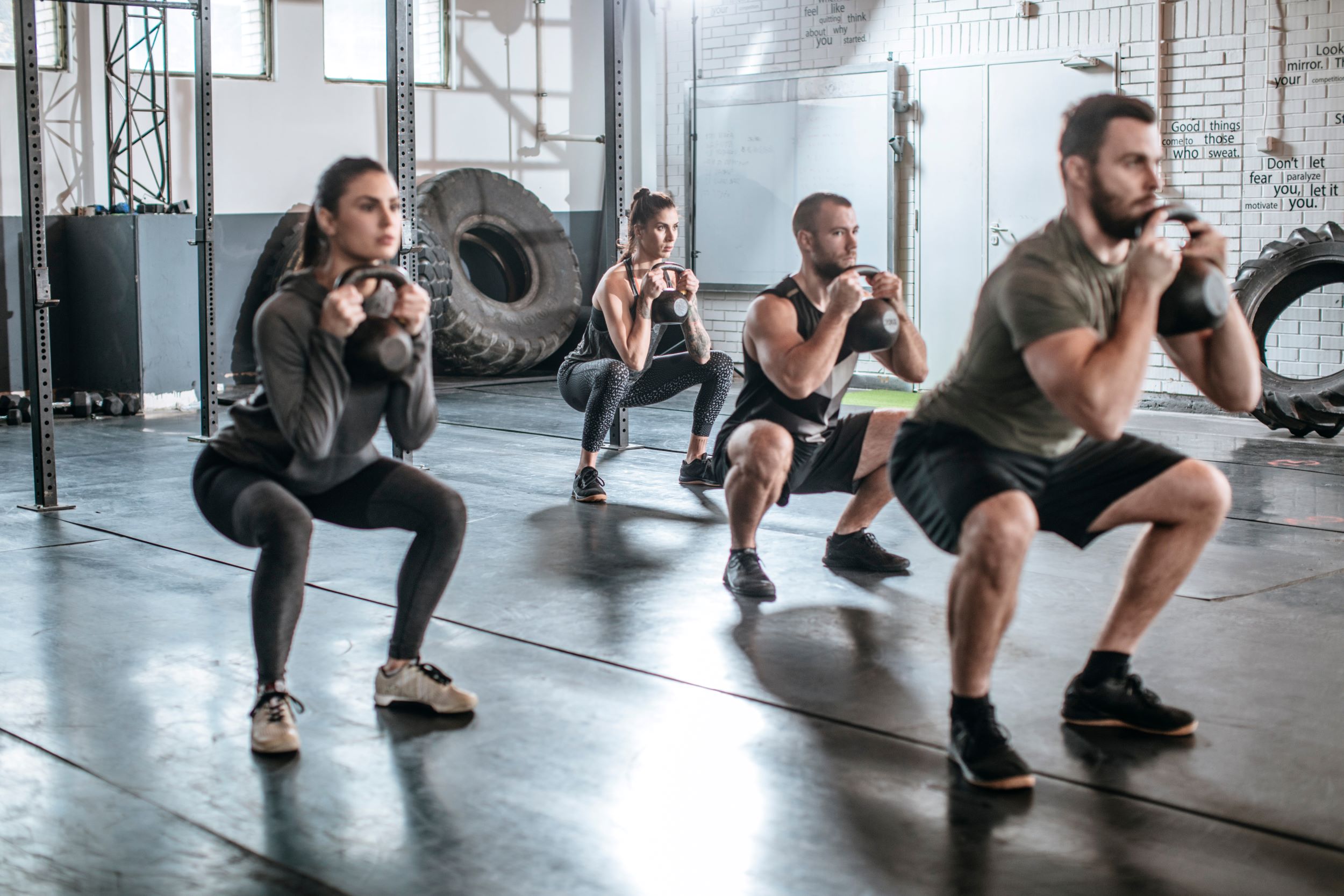For those new to running, understanding the heel first running technique can significantly impact your performance and overall enjoyment of the sport. This technique, often referred to as heel striking, involves landing on the heel of your foot as you run. While it can be a natural stride for many, it’s essential to grasp its mechanics to harness its benefits.
Heel first running typically provides several advantages for beginners:
- Shock Absorption: Landing on your heel helps absorb the impact with each step, reducing strain on your joints.
- Stability: This technique can create a more stable base, particularly for novice runners, allowing for a smoother running experience.
- Gradual Learning Curve: Many beginners find this technique more comfortable as it aligns with a natural gait, making it easier to learn the fundamentals of running.
However, proper form is crucial to maximizing the benefits while minimizing the risk of injury. Focus on maintaining a straight posture, engaging your core, and ensuring your feet land beneath your hips. Additionally, consider investing in quality running shoes that provide adequate support for heel strikers.
With practice and dedication, you can master this technique. Visit our website to learn more and get started today! Click here.
Benefits of Adopting Heel First Running Style

Adopting a heel first running style comes with a variety of benefits that can enhance your running experience and improve your overall fitness. Here are some key advantages to consider:
- Reduced Injury Risk: By landing on your heel, you can effectively distribute the impact forces throughout your leg, which may lower the risk of common running injuries such as shin splints and knee pain.
- Improved Posture: This technique encourages a more upright posture, which can lead to better alignment and overall biomechanics, promoting efficient movement.
- Enhanced Endurance: With proper heel first running, you may find that you can maintain your speed and endurance longer, as the technique allows for a more natural and relaxed stride.
- Better Control: Heel strikers often have more control over their pace and direction, which can be particularly advantageous when navigating varying terrains or during competitive events.
Moreover, adopting this style can help you better engage with the rhythm of your run, leading to a more enjoyable experience. As you familiarize yourself with the benefits, you may find that heel first running not only promotes physical fitness but also enhances your mental focus during workouts.
Common Mistakes in Heel First Running Technique

Even though the heel first running technique offers numerous benefits, many runners often make mistakes that can hinder their performance and increase the risk of injury. Being aware of these common pitfalls can help you refine your technique:
- Overstriding: One of the most frequent mistakes is overstriding, where the foot lands too far in front of the body. This can lead to excessive braking forces and increased impact, ultimately resulting in injuries.
- Incorrect Foot Placement: Landing with the heel too far to the outside or inside can disrupt the natural alignment of your body. Ideally, the heel should strike the ground directly beneath your center of gravity.
- Rigid Posture: Maintaining a rigid posture while running can hinder your movement efficiency. A relaxed upper body and slightly bent arms can help promote better mechanics.
- Neglecting Cadence: Focusing solely on heel striking without considering your overall cadence (steps per minute) can lead to inefficiencies. Aim for a quicker cadence to reduce the risk of injury.
By recognizing these mistakes and working to correct them, you can enhance your heel first running technique, making your runs more enjoyable and effective. Progress may take time, but consistent practice and mindfulness can lead to significant improvements in your performance.
Tips to Perfect Your Heel First Running Form

Perfecting your heel first running form requires dedication and an understanding of the key elements that contribute to effective technique. Here are some valuable tips to help you achieve an optimal stride:
- Focus on Your Posture: Maintain an upright torso with a slight forward lean. Your shoulders should be relaxed and your arms at a 90-degree angle, swinging naturally alongside your body.
- Land Softly: Aim for a gentle heel strike rather than a heavy thud. This can be achieved by increasing your cadence, which reduces the time your foot spends on the ground and minimizes impact.
- Shorten Your Stride: Instead of reaching out with your feet, focus on taking shorter, quicker steps. This not only helps in maintaining a proper heel-first landing but also reduces the risk of overstriding.
- Practice Drills: Incorporate drills like high knees, butt kicks, and skipping into your warm-up routine. These can help reinforce proper mechanics and improve your overall running efficiency.
- Wear Appropriate Footwear: Invest in a pair of running shoes designed for heel strikers. Look for cushioning that absorbs impact and provides adequate support for your feet.
Consistently applying these tips in your training can lead to a significant improvement in your heel first running technique. Remember, developing proper form takes time, but the benefits of reduced injury risk and enhanced performance are well worth the effort.
Incorporating Heel First Technique into Your Routine

Integrating the heel first technique into your running routine can lead to improved performance and a lower risk of injury. Here’s how to seamlessly incorporate this method into your daily workouts:
- Start Slow: If you’re new to heel-first running, begin by implementing this technique during shorter runs or easy-paced sessions. This allows your body to adjust without overwhelming it.
- Focus on Form: Concentrate on your posture and landing during each run. It might help to perform a brief warm-up where you consciously practice your heel-first landing to reinforce the habit.
- Mix It Up: Alternate between different running techniques within your sessions. For example, dedicate one day to heel-first running, while on another, you might focus on midfoot striking. This variation keeps your routine engaging and helps your body adapt to different styles.
- Track Your Progress: Use a running app or a journal to log your runs and any changes in your technique. Documenting your experiences can provide insight into improvements and areas needing attention.
- Listen to Your Body: Pay attention to how your body responds to the heel-first technique. If you experience discomfort or pain, take a step back and reassess your form or consult a coach or expert.
By gradually incorporating the heel first technique into your routine, you’ll be able to build a solid foundation that enhances your overall running experience. Consistent practice will lead to greater efficiency, allowing you to enjoy your runs even more.
Joining the Running Community for Support and Growth
Becoming part of a vibrant running community can significantly enhance your journey towards mastering the heel first technique and overall fitness. Engaging with fellow runners provides motivation, support, and valuable insights that can transform your running experience.
- Find Local Groups: Look for local running clubs or groups that welcome runners of all levels. These communities often host regular meetups, training sessions, and events that can help you connect with like-minded individuals.
- Attend Workshops: Participating in workshops focused on running techniques can be immensely beneficial. Many running communities organize educational sessions where experienced runners or coaches share tips on form, injury prevention, and technique, including heel-first running.
- Share Your Goals: Being part of a community allows you to share your personal goals. Whether you’re aiming for a specific distance or improving your technique, having a support network can provide accountability and encouragement.
- Engage Online: If local groups aren’t accessible, consider joining online forums or social media groups dedicated to running. These platforms can be great for sharing experiences, asking questions, and finding virtual running buddies.
- Participate in Events: Sign up for local races or fun runs organized by your community. These events not only motivate you to train but also foster camaraderie among participants.
Joining a running community not only enriches your running experience but also empowers you to embrace the joy of running. Visit our website to learn more and get started today! Click here.


